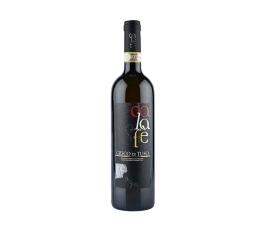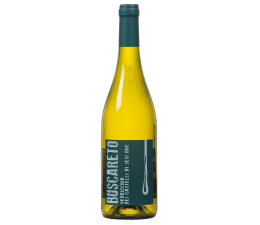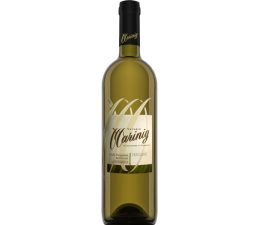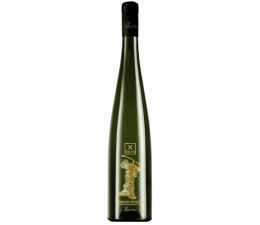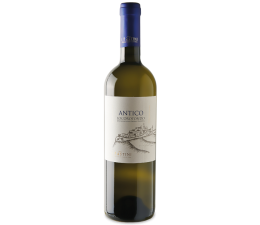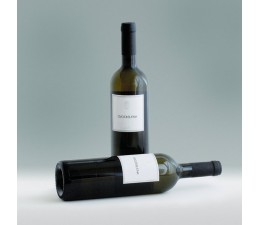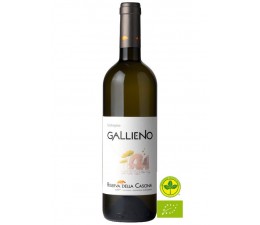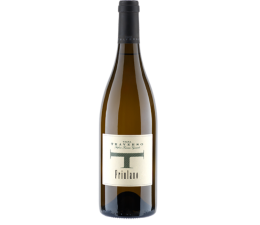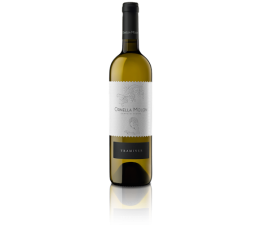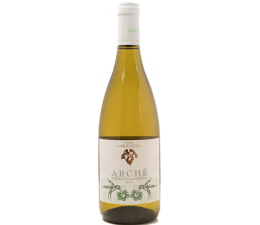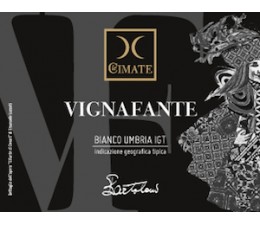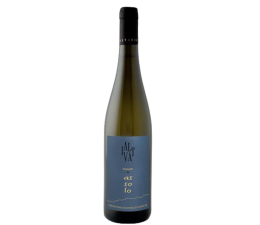Filter By

White
History tells us that white wine seems to have existed for at least 2,500 years old, born in ancient times in the East, in what is often referred to "the cradle of civilization", was then by Greeks and Phoenicians that the wine made its appearance in Europe.
The white wines differ from red wines to the characteristics (the grape color) and the holding of the winemaking process, ie the process that allows the grapes to turn into wine. In the vinification of white grapes, unlike that of red grapes, there is no contact between the marc and the must in transformation (maceration process), of course it can also produce white wines using red grapes, just perform the draining, which consists in 'elimination of the skins, which contain most of pigmenting substances.
Aromas and characteristics of white wines depend on several factors, the first according to the grape variety and its degree of maturity at harvest, type and breeding areas of the vines, these affect the latter. White wines produced with unripe grapes generally express vegetal aromas, while those produced with more mature grapes express aromas of flowers and fruits, folded grapes fully ripe, they will express more complex aromas such as honey. Young white wines are characterized by aromas of white flowers (such as hawthorn) and white fruit (pear, apple), in young whites but also by the more complex character we find the yellow flowers (acacia, broom) and fruit pulp yellow (peach, apricot, medlar), and sometimes other fruits such as hazelnut and almond. Mature whites are characterized by dried flowers, honey, dried fruit and toasted.
The main colors and shades of white wines are Pale Yellow / Greenish - Straw Yellow - Gold - Yellow In this evolution of colors, white wines show in their youth pale yellow color, sometimes almost colorless, with greenish hues, then move on to yellow lemon, straw, gold, amber and finally to brown or deep amber. Lately connoisseurs are reassessing the white wine ability to "mature" just as they do for red wine. So there are now some very long-lived white wines, made from a complex vinification and increasingly perfected, we can therefore say that white wines should be consumed within two or three years after the vintage, is not always correct, indeed ...... on "vinoNpertutti" you can find some really "cured" will amaze you as they did with us.
The aromas in white wines explode often also at the aromatic, that is, the typical grape aroma (primary aromas), virtually the sole prerogative of the aromatic or semi-aromatic grapes, this is easily perceptible in Muscat Blanc and Gewürztraminer grapes, is so strong and obvious that it is virtually impossible to miss. The aromatic white grape varieties are substantially the Moscati, some Malvasia ,, Traminer aromatic or Gewurztraminer, we find among the red Brachetto. The semiaromatici vines that possess primary aromas less significant than previous, as they are among the white grape, Sauvignon, Riesling, Prosecco, Chardonnay, Kerner, Sylvaner, and red grapes such as Cabernet Sauvignon, Merlot and Cabernet Franc.
At this point you just have to discover them, we at "vinoNpertutti" we will give it all to unearth the details and little-known to share with you.
-
Verdicchio dei Castelli di...
€11.00Grapes: Verdicchio 100%
Colour: Straw-coloured pale yellow.
Aroma: Typically floral, sensations of hay and apples.
Taste: Fresh and full in the mouth, typically sour aftertaste. -
Trebbiano Spoletino DOC 2018
€13.00Il Trebbiano spoletino si differenzia dagli altri trebbiani per i profumi di erbe aromatiche e le note retrolfattive agrumate.
-
ANTICO Locorotondo DOP 2020...
€7.80Born from a blend of the three autochthonous grapes: 60% verdeca, 35% White On Alessano, 5% Minutolo Antico is a white wine with a PDO (Protected Designation of Origin)
-
Bianco Basilicata IGT-...
€11.00Red wine Basilicata IGT - Azienda Agricola Masseria Cardillo
Name: “Tittà” - Grapes misture: Aglianico, primitivo -
Gallieno - Malvasia...
€14.50GALLIENO | LAZIO IGT MALVASIA PUNTINATA -Gallieno is purely obtained from Malvasia Puntinata grapes: it is a soft white wine with a fine and elegant perfume.
-
-
Traminer IGT Veneto...
€13.00Straw yellow in colour, often very full. Flowery fragrance reminiscent of roses, mature exotic fruits and also orange peel and blossom. Harmonic, full taste, mellow, savoury, aromatic and spicy.

